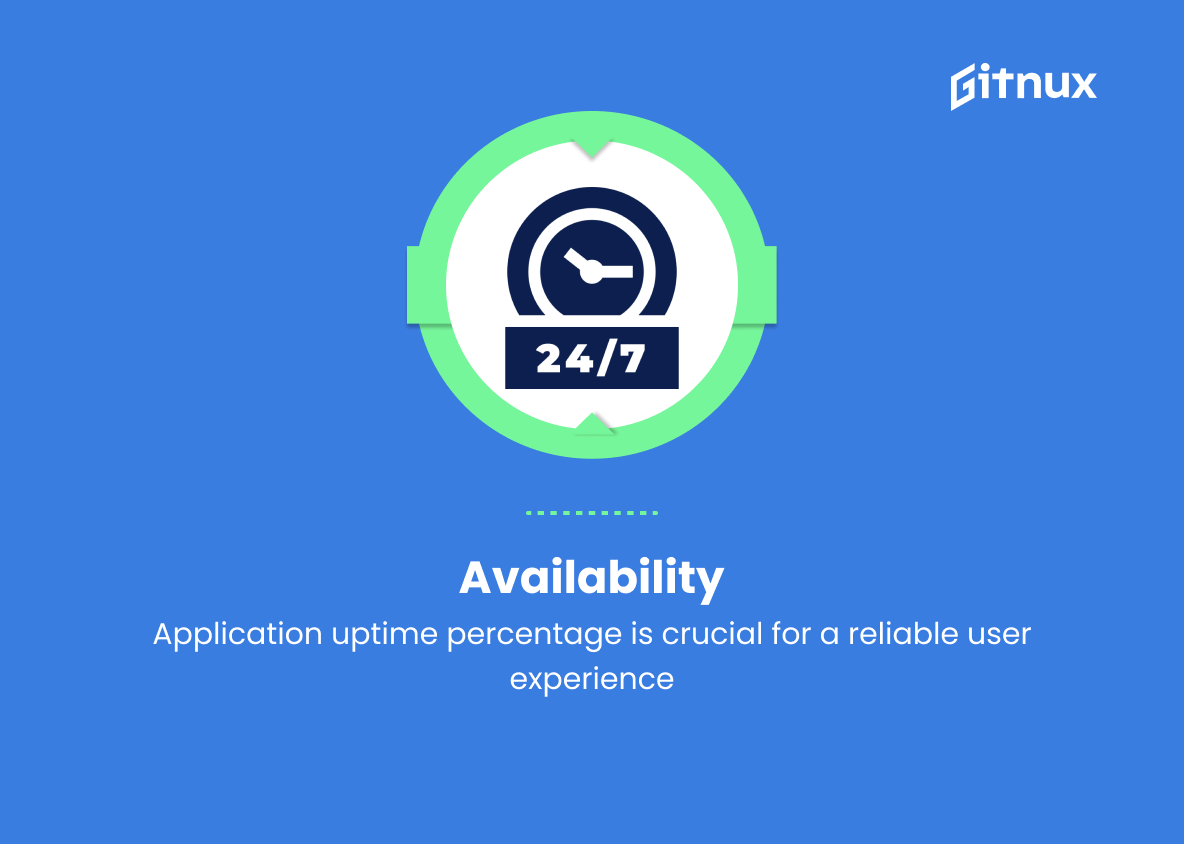In today’s rapidly evolving business landscape, delivering top-notch products and services has become instrumental in staying ahead of the competition. With consumer expectations at an all-time high, quality assurance (QA) has emerged as a crucial aspect of the product development process. However, the success of any QA process largely depends on the accurate measurement and continuous monitoring of key performance indicators through QA metrics.
In this comprehensive blog post, we will delve into the essential world of Quality Assurance Metrics, dissecting their importance, exploring the various types of metrics available, and offering valuable insights on how to effectively implement these metrics in your organization to drive growth and achieve impeccable product quality.
Quality Assurance Metrics You Should Know
1. Defect Density
This metric calculates the number of defects identified in the software during a specific period, divided by the size of the software (usually in thousands of lines of code or function points).
2. Test Case Execution Rate
It measures the rate at which test cases are executed during the testing phase, calculated by dividing the completed test cases by the total test cases.
3. Test Case Pass Rate
This refers to the percentage of test cases that pass successfully during a testing cycle, calculated by dividing the number of passed test cases by the total number of executed test cases.
4. Test Case Coverage
his metric measures the extent to which the application has been tested by comparing the number of executed test cases to the total number of test cases.
5. Requirement Coverage
It measures how well the tests have covered the software requirements, calculated by dividing the number of requirements covered by tests by the total number of requirements.
6. Defect Age
This is the average time taken to fix a bug since its discovery. It helps in determining the efficiency of the development and testing teams in resolving defects.
7. Defect Resolution Time
It measures the average time taken to resolve a defect, from the moment it is reported to when the issue is resolved.
8. Defect Severity
This metric categorizes defects based on their impact on the software’s functionality, such as critical, high, medium, or low.
9. Defect Removal Efficiency (DRE)
It measures the effectiveness of the defect removal process during various stages of development. DRE is calculated by dividing the number of defects found and fixed before release by the total defects found before and after release.
10. Defect Root Cause Analysis (RCA)
This metric helps analyze the root cause of defects and focuses on implementing corrective actions to prevent future defects from occurring.
11. Test Effort
This metric calculates the effort and resources required to complete a testing cycle, usually expressed in person-hours or person-days.
12. Code Quality
It measures the quality of the code produced by developers, assessing factors such as code maintainability, code complexity, and adherence to coding standards.
13. Code Review Coverage
This measures the percentage of code that has gone through a code review process, ensuring that other team members have examined it to identify and resolve any issues.
14. Customer Reported Defects
This tracks the number of defects reported by customers after the software has been released, indicating the overall quality of the software and areas that might need improvement.
15. Customer Satisfaction
This metric gauges the satisfaction level of customers using the software product, typically measured through surveys, user feedback, or other qualitative methods.
Quality Assurance Metrics Explained
Quality Assurance Metrics play a crucial role in evaluating software quality and ensuring that the final product meets the desired standards. Defect Density helps identify potential problem areas by calculating the concentration of defects, while Test Case Execution Rate, Test Case Pass Rate, and Test Case Coverage ensure that the application is being comprehensively tested. Requirement Coverage assesses how well tests are designed to meet software requirements, and Defect Age and Defect Resolution Time examine the efficiency of development and testing teams in addressing defects.
Defect Severity, Defect Removal Efficiency, and Defect Root Cause Analysis provide insights into the impact of defects and the effectiveness of the defect removal process. Test Effort and Code Quality metrics evaluate the effort required for testing and the quality of the code produced by developers, ensuring maintainability and adherence to coding standards.
Code Review Coverage emphasizes the importance of collaborative code review processes for quality control, while Customer Reported Defects and Customer Satisfaction metrics provide valuable feedback for continuous improvement efforts. Overall, these metrics enable organizations to optimize software quality, ultimately resulting in more satisfied customers and a better-functioning software product.
Conclusion
In conclusion, quality assurance metrics are essential for businesses to monitor their product quality, performance, and customer satisfaction effectively. These metrics provide valuable insights into areas that require improvement and enable companies to make informed decisions for their development.
By implementing a robust quality assurance process and utilizing the right metrics, businesses can ensure their products meet or exceed customer expectations, stay competitive in the market, and achieve growth in the long run. As technology evolves, it is crucial for organizations to continuously refine and update their quality assurance metrics to stay ahead of the curve and maintain the highest standards of excellence.















